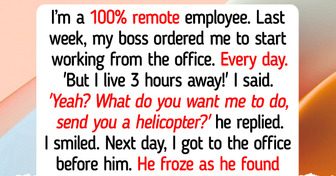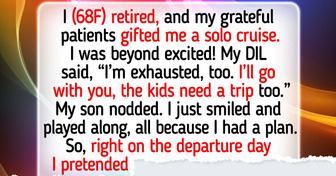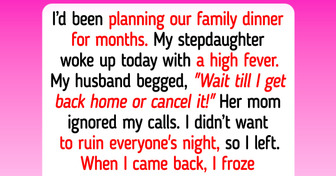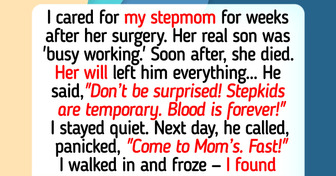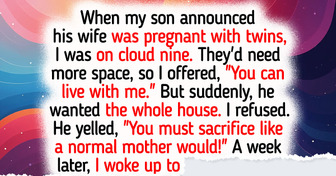I Refuse to Sacrifice My Retirement Dream for My Unemployed Son
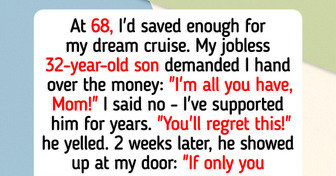
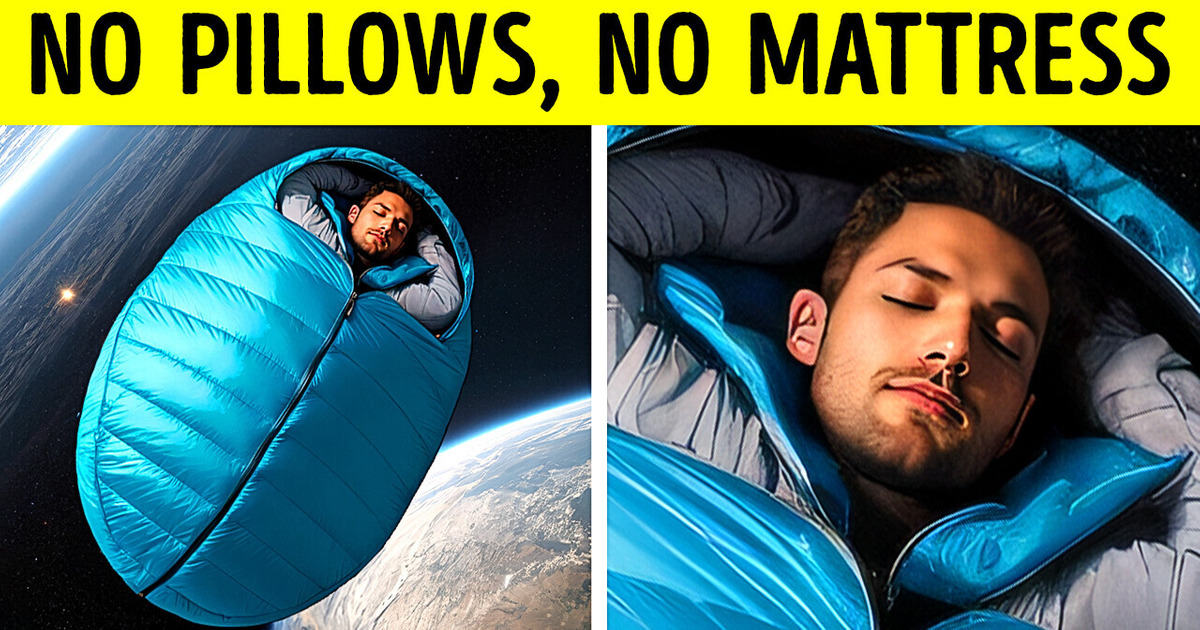
When you think of astronauts going to space, you probably imagine those cool things they can do up there. First of all, it’s flying like a superhero all the time! Astronauts hold on to rails and use their arm strength to move among modules. It probably takes some time to get used to this way of moving around, but in a couple of months in space, they can become real acrobats!
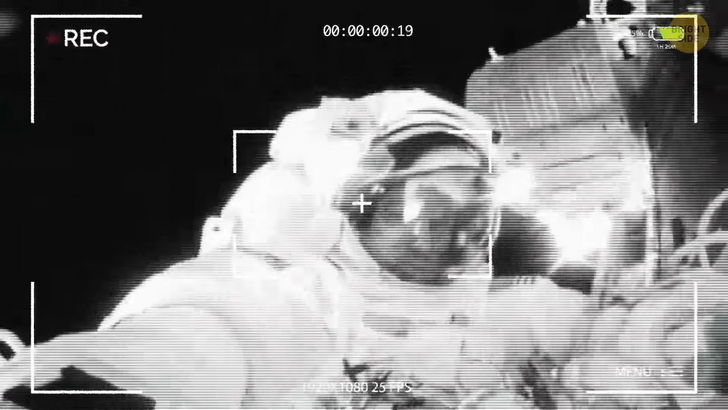
They also read books, watch movies, or take awesome pictures of Earth through the Cupola windows, which is a special viewing area on the space station. They also invent new games! Like the one where they try to hit a target or where they race one another from one end of the station to the other as fast as they can. And zero-gravity sports must be so cool! Imagine playing soccer up there — it’s the only way I’d ever be able to do a bicycle kick properly! It’s cool how they eat or try to catch a bite from a floating spoon!
But besides all these fun things, they need to sleep, too. And that’s not so easy in space. Not having gravity can be cool when you fool around and fly across your chamber, but it’s definitely not that great when you’re tired and can’t wait for your head to hit the pillow. Because in space, THAT won’t happen. Instead, astronauts have to sleep in small sleeping bags attached to the wall. This way, they won’t float around or potentially bump into things while they’re sleeping. No sleepwalkers up there — only sleep-floaters!
In 1961, an astronaut orbited our home planet a whopping 17 times in a spacecraft, proving humans could live, work, and sleep in space. But just because it’s possible doesn’t mean it’s easy. Some astronauts described their space capsule as a small “garbage can” and the cabin itself as about the size of the front seat of a Volkswagen Beetle.
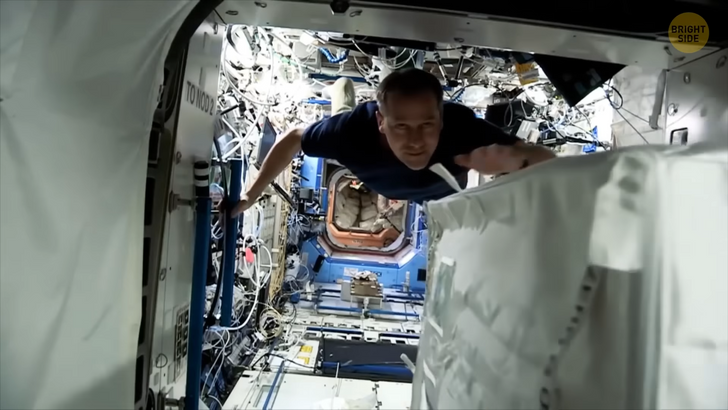
Sleeping in space is very different from sleeping on Earth, to say the least. There is no “up” or “down” in space, so astronauts can choose any position they find comfortable. On the International Space Station, sleeping quarters are about the size of a phone booth. It’s a tight space, and it doesn’t look as cool as the rest of the things up there, but they make it work. Astronauts have to sleep near an air vent to make sure they have good ventilation. Breathing is trickier in space because the carbon dioxide they breathe out can form a bubble around their heads, which can be problematic since they may not get enough oxygen.
Astronauts cover up windows to block out sunlight and may wear sleep masks, just like some people on Earth do to block out light. The Sun in space can be really bright, even with window shades, because there’s no atmosphere to filter sunlight. Oh, those things we take for granted down here! Also, the space station orbits Earth every 90 minutes, so astronauts get to see a new sunrise every hour and a half. The station can be noisy, too, since they have all those fans and other equipment. So astronauts sometimes wear earplugs to help them sleep.
We all become grumpy if we don’t get enough sleep, with or without gravity. Not just that — a lack of sleep can affect our blood pressure, immune system, balance, and health in general. And it’s way trickier when you’re not feeling well up there than on Earth. NASA schedules its astronauts for about eight to 8.5 hours of sleep per day. But those who work on the ISS, on average, go with six hours of sleep because the space environment can disrupt their natural sleep patterns. That’s why it’s not so unusual to have insomnia and sleep deprivation when in space.
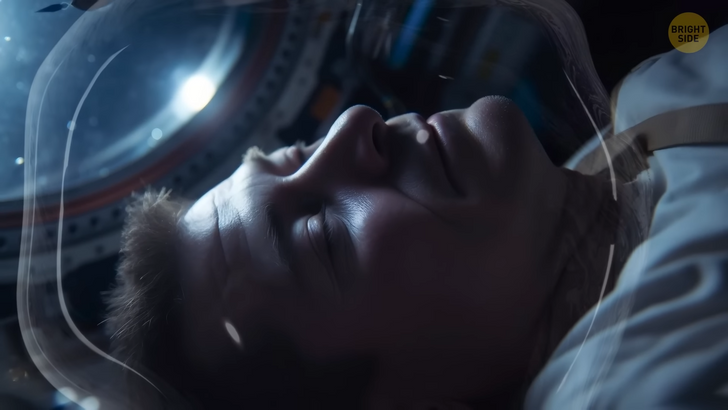
Temperatures are not that comfortable either. Astronauts sometimes have changes in their schedules, they have to work long shifts or finish tasks assigned at night. All this works against good sleep. That’s why NASA has sleep education and promotes special relaxation techniques to help crew members sleep better. Dreams and nightmares are as common in space as they are on Earth — you just can’t get away from your mind making up different scenarios while you’re sleeping. Some astronauts snore up there too!
And you know that feeling when you first wake up all groggy and sluggish? It’s like your body and brain are still trying to catch up and fully wake up. You might feel a little bit disoriented, plus it might be hard for you to think clearly or move quickly. It’s called sleep inertia. This feeling usually goes away after a little while, but it’s probably way harder to get rid of it in space because many astronauts have issues with it.
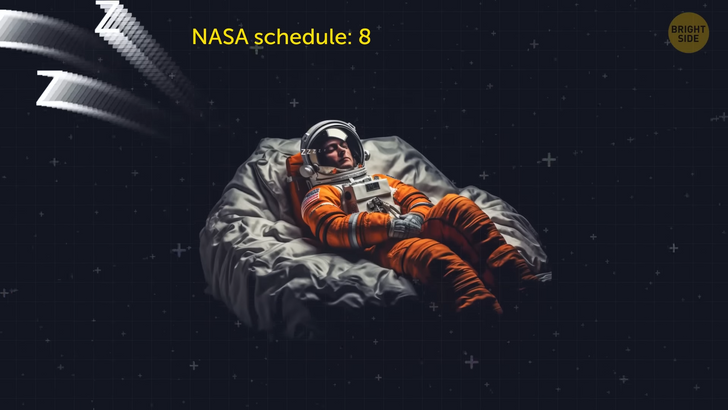
And even if you had perfect conditions for sleep, just being in space would probably disrupt your body’s natural sleep-wake cycle. Two things regulate this cycle — the “S process” and circadian rhythms. The S process controls whether we are asleep or awake throughout the day. In space, your body gets less deep sleep, which means it goes through some changes in the S process. Circadian rhythms help regulate our internal body clock as well. In space, where such cues as exposure to light and darkness are a complete mess, you can’t simply set your alarm clock at 7 a.m. every morning. Hmm, at least up there, I’d have a good excuse for not doing this.
To help astronauts adjust, NASA has added special lighting inside the space station, which mimics a regular day on Earth. They try to block out outside light at night and provide enough light during the day to help astronauts stay awake and sleep at the right times as much as possible. Astronauts need to be careful not to get exposed to blue light from electronic devices because that disrupts sleep too. Hmm, that tip sounds familiar.
We need to figure out as many tricks as possible to get better sleep because we don’t want to go on a mission to Mars and come to our potential new home all grumpy and moody. Plus, people who will go on these special space missions won’t have as much space as astronauts on the ISS. Their quarters may not be like the comfortable bedrooms they have back on Earth. But they will still be dark, quiet, and, best of all, private.
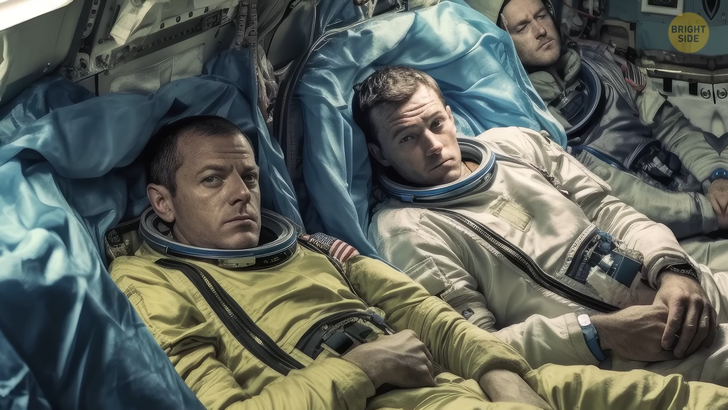
At the same time, say goodbye to privacy on your way to the Moon! On such missions, there will be less space for crew members to sleep. It will be like camping with your friends, but with not enough tents. And imagine jet lag in space! It usually hits astronauts even before they get to the space station. To help with this, they start adjusting their sleep schedules a few days before they launch into space. They change their sleeping and waking times to match the time of day and time zone of their launch location.
Once they reach the space station, where astronauts from different countries work together, they all switch to using a common time called Greenwich Mean Time (GMT). This helps everyone synchronize their schedules because it’s a middle-ground time that can be easily understood by people from different parts of the world. So, to help crew members have better sleep, scientists have simulated space missions on Earth. They have a special habitat called HERA at Johnson Space Center, which is almost the same size as a lunar base or spacecraft. Crews live there for certain periods, and researchers study their sleep patterns and performance.
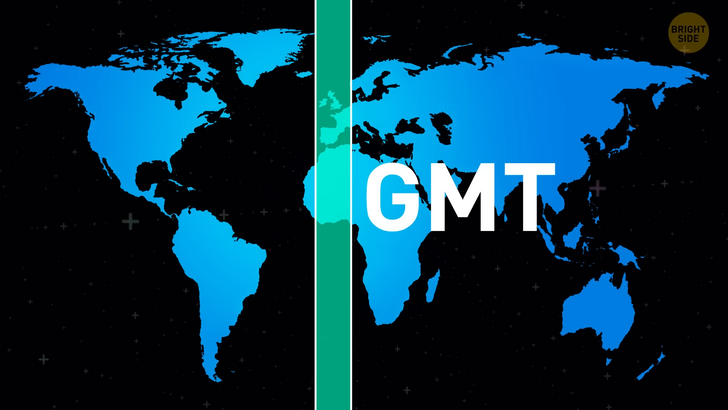
NASA is planning a cool experiment called the Crew Health and Performance Exploration Analog (CHAPEA). The first mission is supposed to start soon with four crew members — a commander, a medical officer, a flight engineer, and a science officer — living in a habitat called Mars Dune Alpha [at NASA’s Johnson Space Center]. They will live in the 3D-printed habitat and exercise, cook, clean, do other things, and collect data just like they would on the Red Planet. I mean, we still have a decade or two till the first human missions on Mars, but we better hurry and prepare well!

